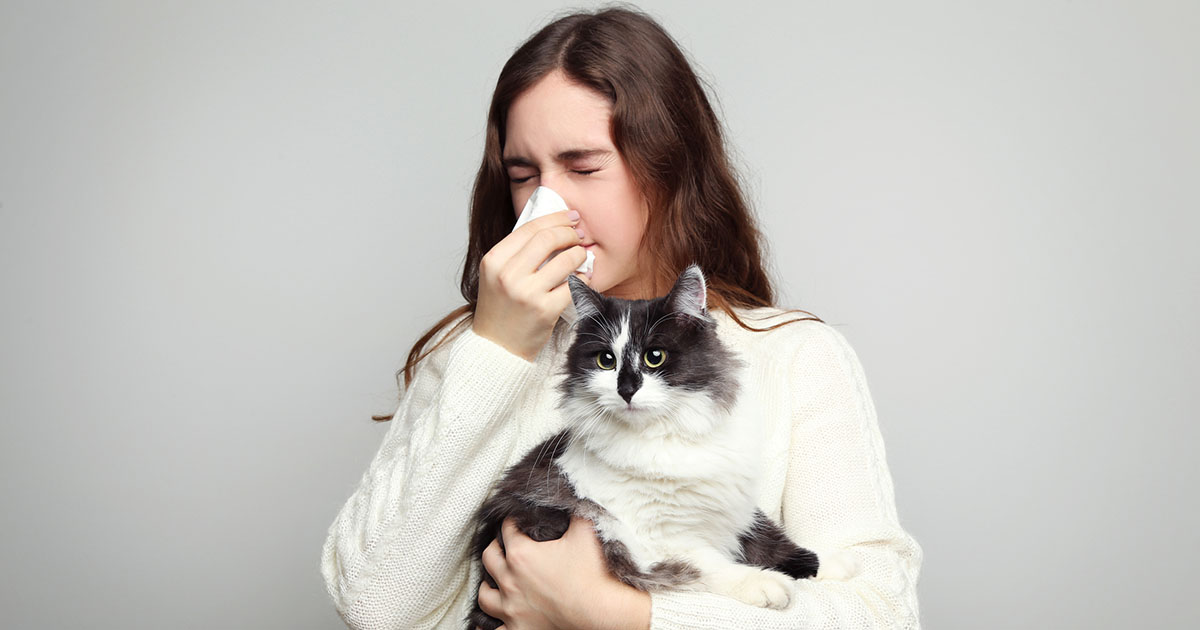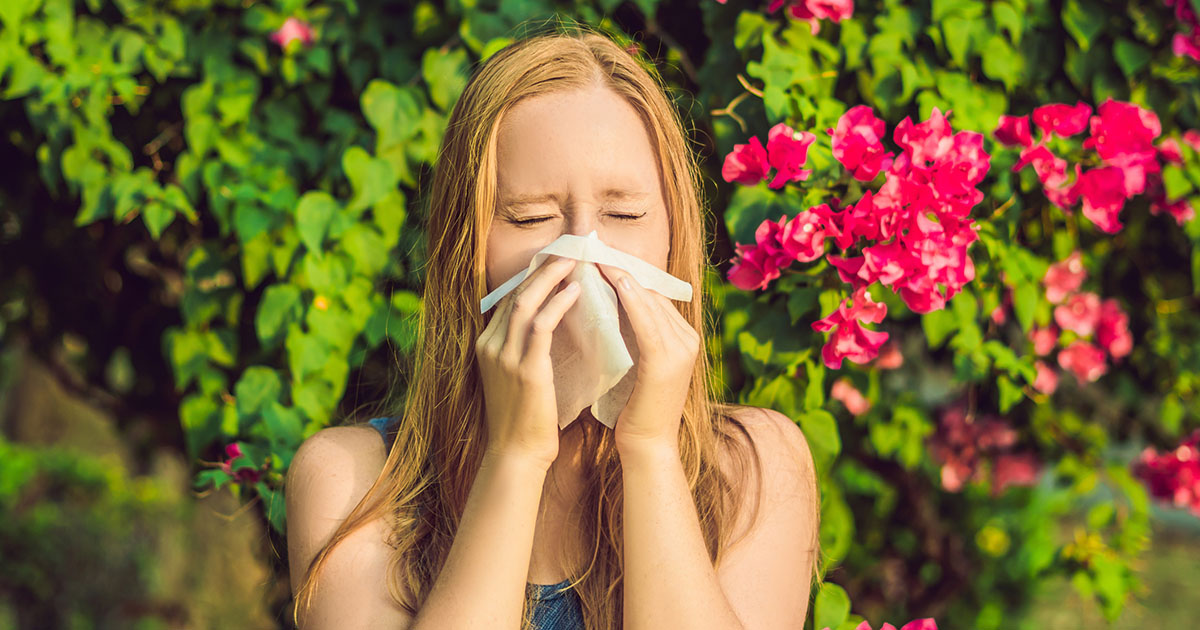Most Common Allergies
Animal Dander

Pets are another common source of allergies, though it's actually not the animal itself that's the problem. Instead, it is the proteins found in the creature's dander, saliva, and urine causing the reaction. Animal dander is another word for the tiny flakes of skin animals like dogs and cats shed. Pets can also be a source of secondary allergens from outdoor mold spores and plant materials that may collect on and stick to the animal's coat when they come inside.
The proteins from a pet's dander are not normally harmful, which is why an individual who isn't allergic can be around pets with no reaction. It's the over-reaction from an individual's immune system that causes the problem. Common symptoms of a pet dander allergy include skin redness at the point of contact with the animal, itchy eyes and nose, skin rash, coughing, wheezing, inflammation, and redness in the eyes. It's important to note no breed of dog or cat is truly hypoallergenic. Some individuals may react less to certain breeds, hence why some are called hypoallergenic, but regardless of fur type, the animal will still shed dander.
Pollen

This is a microscopic grain, often yellow to orange, shed from the male parts of a plant. It contains genetic information that allows the plant to propagate. For those prone to a pollen allergy, certain times of the year can cause them quite a lot of misery. When their allergen is present, they show symptoms such as a cough, scratchy throat, itchy nose and eyes, sneezing, nasal congestion, sinus pressure, and eye-watering. Some individuals have symptoms only during certain parts of the year, and others have problems year-round. This type of allergy is also known as allergic rhinitis. A pollen allergy may aggravate symptoms in those with asthma.
